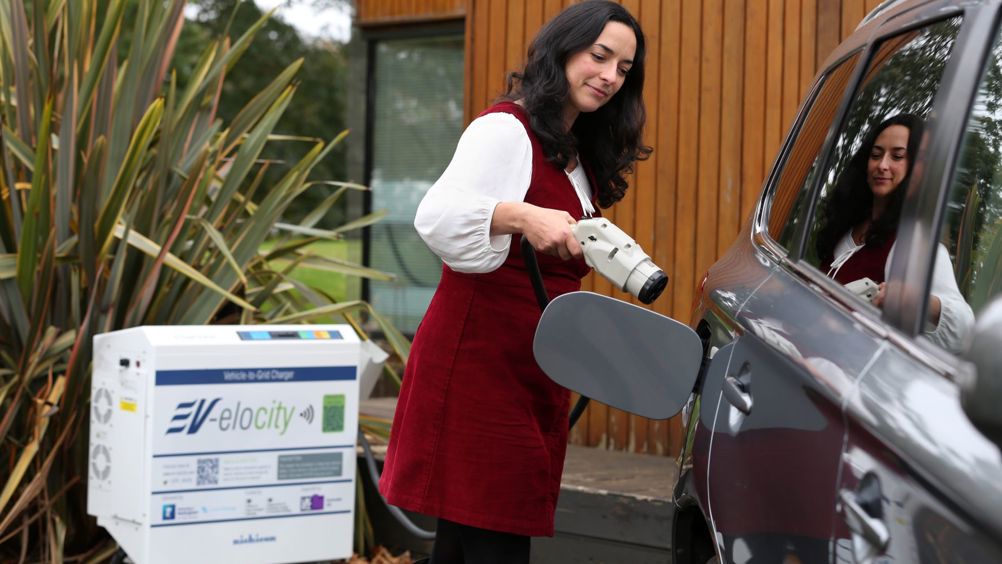C2I 2022 Energy & Environment winner - EV-elocity
Vehicle to Grid technology could play a key role in the energy transition, but empirical data on its benefits has so far been scarce. EV-elocity wanted to change that. Andrew Wade reports.

The potential upside of vehicle to grid (V2G) technology has long been known, touted by some as an almost mythical panacea to smooth the path to decarbonisation in both energy and transport. V2G enthusiasts envision the coming proliferation of electric vehicles (EVs) – specifically their batteries - providing a decentralised network of energy storage to balance the grid, which in turn will help lower consumer costs and ultimately reduce emissions.
In theory, it’s a win-win. In practice, it’s a huge engineering challenge incorporating multiple sectors, various nascent technologies and no small element of unpredictable human behaviour. Bringing together expertise from across academia and industry, EV-elocity set out to deliver hard data on the benefits of V2G technology, using real-world trials to demonstrate its value.
“The concept of V2G has a rich history in academic thought and early R&D but as electric vehicles have become more widely available, the transport and energy industries have had to work increasingly closely together,” explained Chris Rimmer, deputy head of Department, Energy Systems & Infrastructure at Cenex, which spearheaded the collaboration.
Register now to continue reading
Thanks for visiting The Engineer. You’ve now reached your monthly limit of premium content. Register for free to unlock unlimited access to all of our premium content, as well as the latest technology news, industry opinion and special reports.
Benefits of registering
-
In-depth insights and coverage of key emerging trends
-
Unrestricted access to special reports throughout the year
-
Daily technology news delivered straight to your inbox











UK Enters ‘Golden Age of Nuclear’
The delay (nearly 8 years) in getting approval for the Rolls-Royce SMR is most worrying. Signifies a torpid and expensive system that is quite onerous...